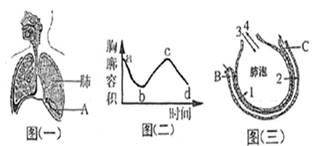An official report, addressing concerns about the many implications of genetic testing, outlined policy guidelines and legislative recommendations intended to avoid involuntary and/or ineffective testing, and to protect confidentiality. The report identified urgent concerns, such as quality control measures (including federal oversight for testing laboratories) and better genetics training for medical practitioners. It recommended voluntary screening, urged couples in high-risk populations to consider carrier screening, and advised caution in using and interpreting pre-symptomatic or predictive tests, because certain information could easily be misused or misinterpreted.
About three in every 100 children are born with a severe disorder presumed to be genetic or partially genetic in origin. Genes, often in concert with environmental factors, are being linked to the causes of many common adult diseases such as heart disease, hypertension (high blood pressure), various cancers, Alzheimer’s disease, etc. Tests to determine predisposition to a variety of conditions are under study, and some are beginning to be applied.
The report recommended that all screening, including screening of newborns, be voluntary. Citing the results of two different voluntary newborn screening programs, the report said these programs can achieve compliance rates equal to or better than those of obligatory programs. State health departments could eventually require the offering of tests for diagnosing treatable conditions in newborns, however, careful pilot studies for conditions diagnosable at birth need to be done first.
Although the report asserted that it would prefer that all screening be voluntary, it did note that if a state requires newborn screening for a particular condition, the state should do so only if there is p evidence that a newborn would benefit from effective treatment at the earliest possible age. Newborn screening is the most common type of genetic screening today. More than four million newborns are tested annually so that effective treatment can be started in a few hundred infants.
Prenatal (preceding birth) testing can pose the most difficult issues. The ability to diagnose genetic disorders in the fetus(胎儿)far exceeds any ability to treat or cure them. Parents must be fully informed about risks and benefits of testing procedures, the nature and variability of the disorders they would disclose, and the options available if test results are positive.
Obtaining informed consent—a process that would include educating participants, not just processing documents—would enhance voluntary participation. When offered testing, parents should receive comprehensive counseling, which should be nondirective. Relevant medical advice, however, is recommended for treatable or preventable conditions.
Genetics also can predict whether certain diseases might develop later in life. For single-gene diseases, population screening should only be considered for treatable or preventable conditions of relatively high frequency. Children should be tested only for disorders for which effective treatments or preventive measures could be applied early in life.
One intention of the policy guidelines was to()
A. preserve privacy in genetic testing
B. implement compulsory testing
C. minimize concerns about quality control
D. endorse the expansion of screening programs

